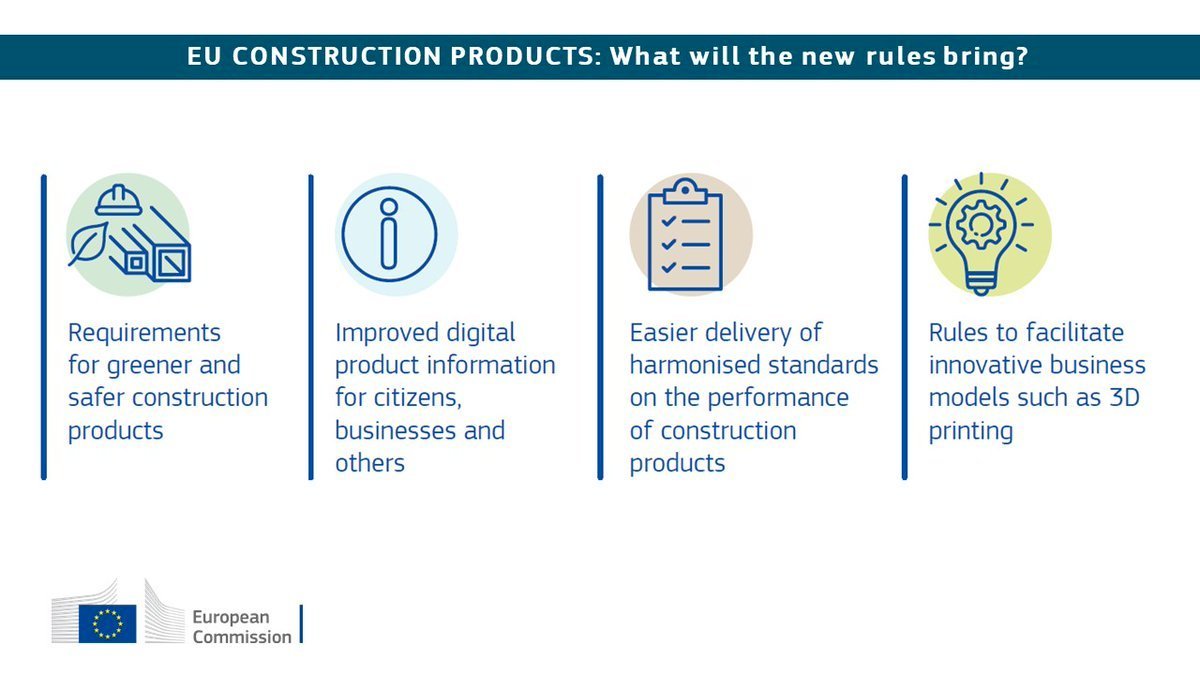Can EUs new strategy help us to create clothes that last?
In the end of March the European Commission proposed a package as a part of the Green New Deal that target products on different stages in life, from design to end-life to make them more long-lasting and easy to repair. Products included are everything from phones, furnitures and clothes. All regulated products will also have a digital passport where the products supply chain can be tracked and it will make it easier for products to be repaired.
As a part of the proposal a strategy was launched, the EU Strategy for Sustainable and Circular Textiles, on textiles to make textiles more durable, repairable, reusable and recyclable, to tackle fast fashion, textile waste and the destruction of unsold textiles, and to ensure their production takes place in full respect of social rights, according to the European Commission. A part of the package also include a new set of rules where companies and manufacturers needs to inform consumers about the environmental sustainability of the products, but also to be better protected against greenwashing. The vision of the strategy is to ensure that by 2030 textile products placed on the EU market are long-lived and recyclable, made as much as possible of recycled fibres, free of hazardous substances and produced in respect of social rights and the environment.
To facilitate the change of textiles ecosystem a co-transition pathway has been created. The purpose is both to help companies who have been highly impacted by the pandemic, in financial ways to find new circular business model and become more resilient to future chocks.
“It’s time to end the model of ‘take, make, break, and throw away’ that is so harmful to our planet,” E.U. Commissioner Frans Timmermans said in a statement about the new initiative.
The question is, is it enough to end fast fashion? The law enforcement can give companies strong incentives to use more sustainable materials, label more correctly and be more precise in their communication. It can also accelerate the transition to digital codes for new clothes so consumers know where they are from and how to repair them. However, if repairing options are not available or quality of materials for endurance are not defined, clothes still might end up in the bin. Fast fashion companies can actually do this because they are still competing with cheaper prices when producing their clothes based on minimum salaries in Asia. What is required is the human rights perspective in the supply chain and clear defined standards of design and material production if we really want to end the fast fashion business model by regulations and laws.
Further, the rules are to be applied to upcoming products and not the ones already on the market. This is a huge problem when it comes to textiles, since we have too many second hand clothes on the European market, not being demanded by consumers or in too poor quality or design to be reused or recycled. Another aspect is the recyclability, where material for current technology to recycle might not be the most sustainably sourced one. Tencel has become one of those popular materials, but how many products can our forests replace when we need more of them to be conserved to halt biodiversity loss.
We are happy about the Europeans Unions efforts to combat the short life-pan of products and lack of circularity, but these new strategies or laws don’t mean companies or consumers can stop taking responsibility. We have a far way to go, so let’s keep on walking.
Source: European Commission


